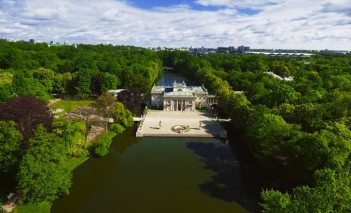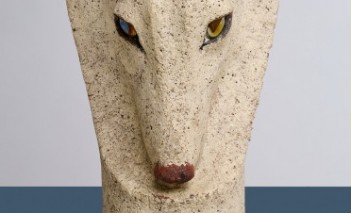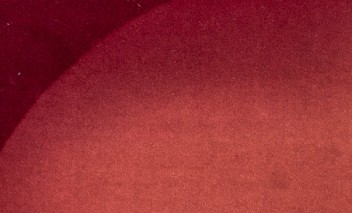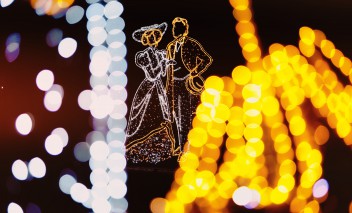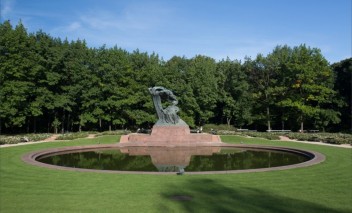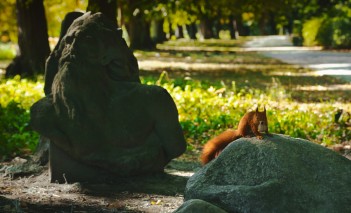Thousands of people contemplating the famous painting by Mignon
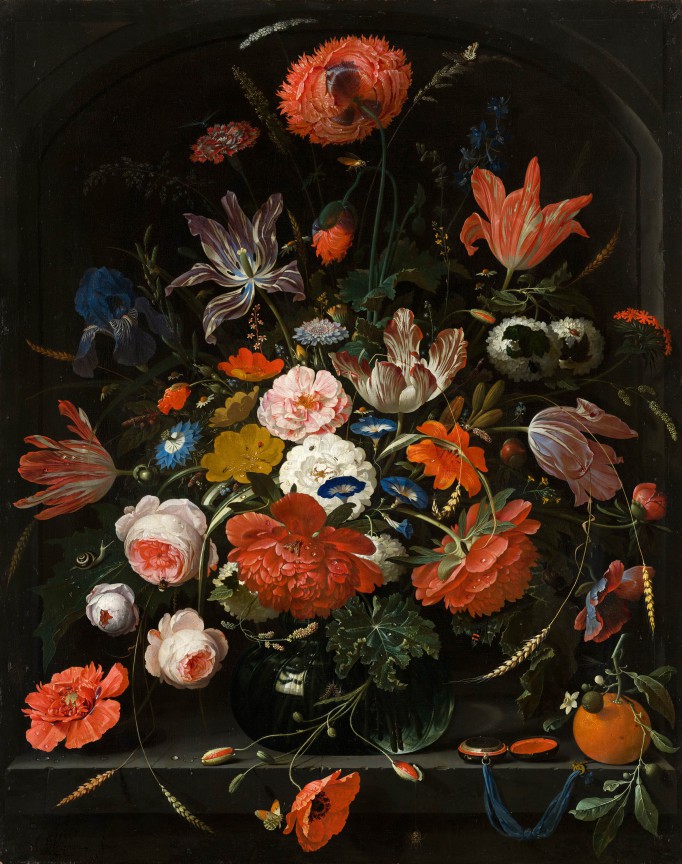
More than 39 thousand people have seen the excellent painting "Flowers in a Glass Vase" by Abraham Mignon, displayed in the Palace on the Isle. The work of art comes from the Mauritshuis Museum in The Hague, which houses one of the best collections in the world of Dutch and Flemish painting of the Golden Age.
The famous Dutch painting was displayed by the Royal Łazienki in cooperation with the Embassy of the Kingdom of the Netherlands and the Mauritshuis Museum in The Hague. Visitors had the opportunity to see the painting from 29 April to 29 June 2016. During that time, it was seen by 39,899 people.
In the second exhibition of works of art from the Mauritshuis, from 1 July, a painting by Gonzales Coques, "Interior with figures in a picture gallery" is displayed in the Palace on the Isle. The exhibition will last until 30 November.
"Flowers in a Glass Vase"
The painting "Flowers in a Glass Vase" is one of the most important works by Abraham Mignon, a baroque Dutch painter, who specialized in still nature. His paintings are characterized by incredibly decorative compositions painted with unparalleled technical dexterity. The scientific precision with which he presented elements of flora and fauna is unmatched.
It is clearly visible in the "Flowers in a Glass Vase” painting. The work of art depicts a dense bouquet of multicoloured flowers, in a glass container, on a stone window sill. It contains various tulips, peonies, poppies, forget-me-nots, camomile, pot marigold, morning glory, irises, and clove. In the central point we can see a white rose, around which the other flowers, as well as leaves, grass, and wheat spikes are arranged.
The plants hang freely, touching the window sill and extending to the sides. In this way, Mignon created an illusion of space, grading the lighting of the individual elements of the bouquet. The flowers placed in the centre are illuminated with bright light; those nearer to the viewer are in a half-light, while the back part of the bouquet, with the iris and the clove, is in a shade. The illusion is completed with the rectangular shape of the window, reflected in the glass container.
Mignon painted his work so smoothly that brush strokes are invisible. With meticulous perfection, he traced the shapes and natural colours of flowers, insects and other living beings. Heavy shades of red - the painter’s favourite - dominate the painting.
On the window sill, to the right of the glass container, Mignon depicted a branch with a fruit of orange, alluding to the name of the painting's commissioners - the Orange-Nassau house (oranje means "an orange" in Dutch).
The warm colour of the orange is contrasted with the cool blueness of the ribbon of the pocket watch lying at the edge of the counter top. The watch is one of the symbols associated with the theme of vanitas, the passage of time and the vanity of worldly life – which are compared with eternal life; the motif of vanitas was frequently referenced in 17th century culture and painting.
Warsaw and the Hague - two collections of 18th century rulers
“Flowers in a Glass Vase” comes from the collection assembled by William V, Prince of Orange-Nassau (1746-1806), the stadtholder (steward) of the northern Netherlands; it is the core of contemporary collections at Mauritshuis. William V - continuing the enterprise of his father - restored to greatness the collection, which had been dispersed by the previous members of the Orange dynasty.
At the same time, the collection of Stanisław August was being assembled - also from scratch, since, like the stadtholder of the northern Netherlands, he did not inherit painting collections from his predecessors. It is possible that agents of the two rulers met on the same auctions, but the buying strategies of Warsaw and the Hague were different. During his 31-year long reign, Stanisław August purchased about two thousand paintings including 360 Dutch and Flemish paintings, although not all of them were of the highest class. Among his most valuable works were paintings by Rembrandt, which today can be contemplated in the Royal Castle in Warsaw.
William V, during his 29-years as a stadtholder, collected a small but excellent 120-piece collection of Dutch and Flemish works of the masters of the Golden Age including "Earthly Paradise with the Original Sin” - a collaborative work of Jan Brueghel the Elder (1568-1625) and Peter Paul Rubens (1577-1640), or the famous "Young Bull” by Paulus Potter (1625-1654).
In 1774, William V made his collections available to the public in a building specially erected for that purpose - located near the Buitenhof square in the centre of the Hague; it was the first gallery in the Netherlands open to visitors.
In 1820, in order to accommodate the constantly growing collection, an old residence of John Maurice, Prince of Nassau-Siegen - a building known as the Mauritshuis (the house of Maurice) - was purchased. There, since 1822, the collections of the Royal Cabinet of Paintings have been displayed (c. 850 works of art as of this day).
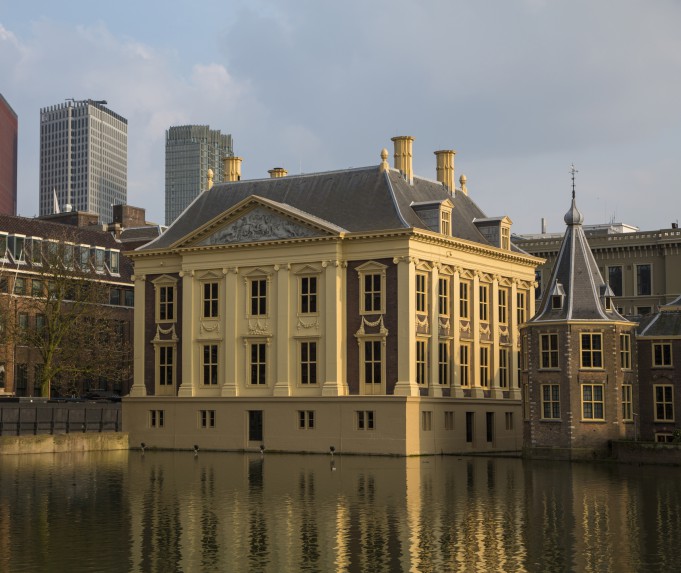
Mauritshuis - the Netherlands’ most beautiful museum
The Mauritshuis, from which the "Flowers in a Glass Vase” painting comes, is considered the most beautiful museum in the Netherlands. Locally, it has a similar rank as the Royal Łazienki among Polish museums - a gem of architecture frequented not only because of its valuable collections, but also its situation in a park.
The building of the Mauritshuis - a work of a distinguished Dutch architect Jacob van Campen (1596-1657) delights with its classical elegance, and, at the same time, the cosy architecture and a picturesque location by the waters of Hofvijverf (Court Pond). It permanently houses about 250 of the most valuable paintings from the Museum collections.
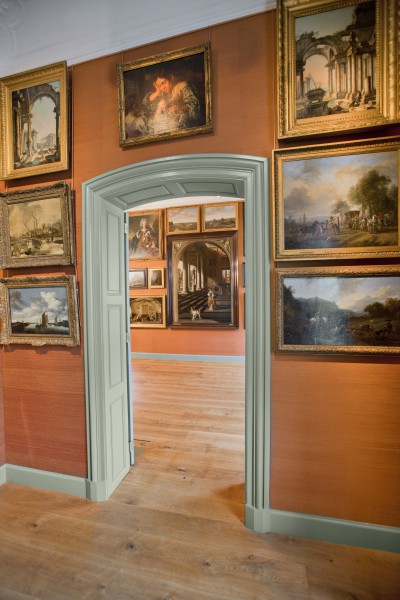
The honorary patronage of the exhibition of one painting "Flowers in a Glass Vase" in the Royal Picture Gallery in the Palace of the Isle is granted by the Embassy of the Kingdom of the Netherlands.
